Transitions Abroad: Taiwan’s Evergreen Lily Elementary School
Words and photos by Gloria Chung
Earlier this year, I went back to my home country, Taiwan. The initial purpose was to learn more about natural dye techniques with my teacher Nicole Lamarche from Avignon, France, who was invited to host workshops for children at Evergreen Lily Elementary School in southern Taiwan’s Pingtung County. Through Nicole, I had the opportunity to visit this experimental elementary school where the wisdom of indigenous culture is as important as the school curriculum.
In 2009, three of the indigenous villages had to be relocated to what is now called Rinari Village due to a landslide – caused by the unethical exploitation of natural resources – and heavy rainfall from the Morakot typhoon. The two main indigenous tribes from these three villages are the Paiwan people and the Rukai people. The tribes share culture similarities but have distinct languages and customs. To continue childhood education and ensure that the children do not forget their cultural values, identities or connections with the earth, Evergreen was founded by the government and is financially supported by the Chang Yung-Fa Foundation.
In this unique school, creativity, self-expression, respect, trust, appreciation of land and nature, and indigenous cultural values are the focus of all classes. Savi Ling and her colleagues, who design the Indigenous Cultural Curriculum together with the school staff, have experimented with how to best pair culture with academics, and have achieved great success. In fact, the staff has witnessed that when children learn about indigenous culture, it helps with their academic study; it makes them more focused, engaged in the classroom, and respectful to teachers.
A large portion of the school campus is dedicated to indigenous education. In addition to learning indigenous languages, children are taught traditional “livelihood skills”. There are old-style dwellings and patches of land to practice farming, all surrounded by nature for passing on wisdom. For example, children learn how to use bamboo to make arts and craft, tools, and buildings. There is a bamboo structure, Kubav (穀堡) – traditionally used to store quinoa, millet and other grains – and a traditional hunter’s house called Katapavan (獵寮), a place for rest and storing prey after hunting.
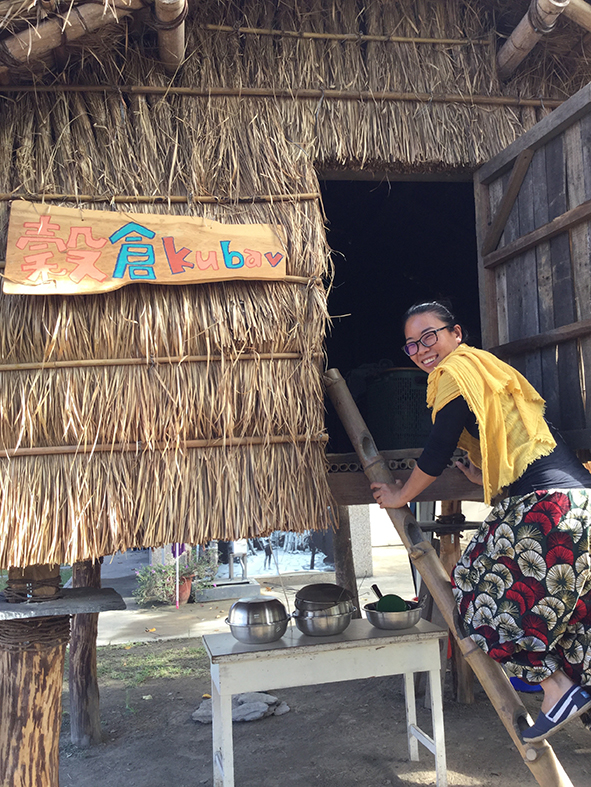
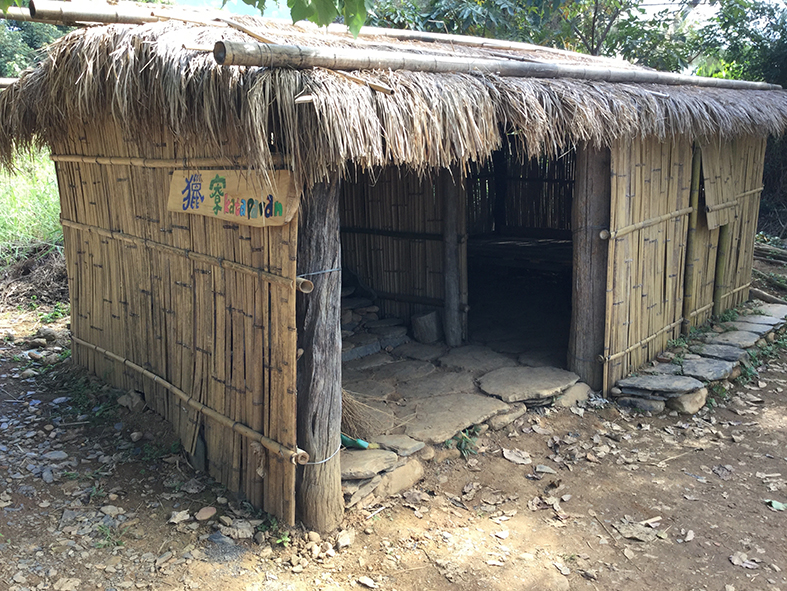
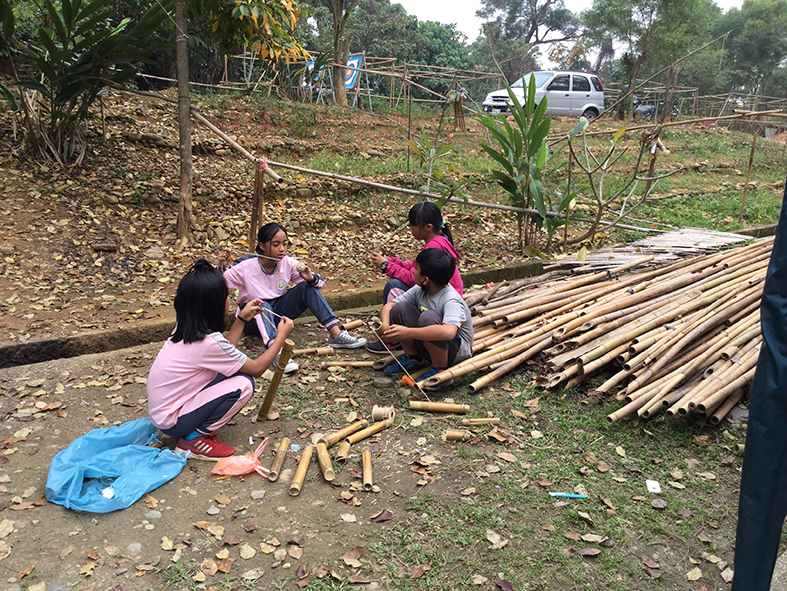
The traditional Paiwan and Rukai houses and the taro roasting kiln, which is another important household item, are all made of stone. Building stone structures is a very important part of the culture, but the skills are dying out. But here at Evergreen Lily Elementary School, children learn the skills as well as the functions of the buildings. There is an interesting story associated with the taro roasting kiln: it was historically believed that any woman who sat on the kiln would become pregnant since the shape of the kiln plus the tunnel where you place timber for the fire resembles the female reproductive system. The action of shoveling timber into the kiln to create fire is like making new life.
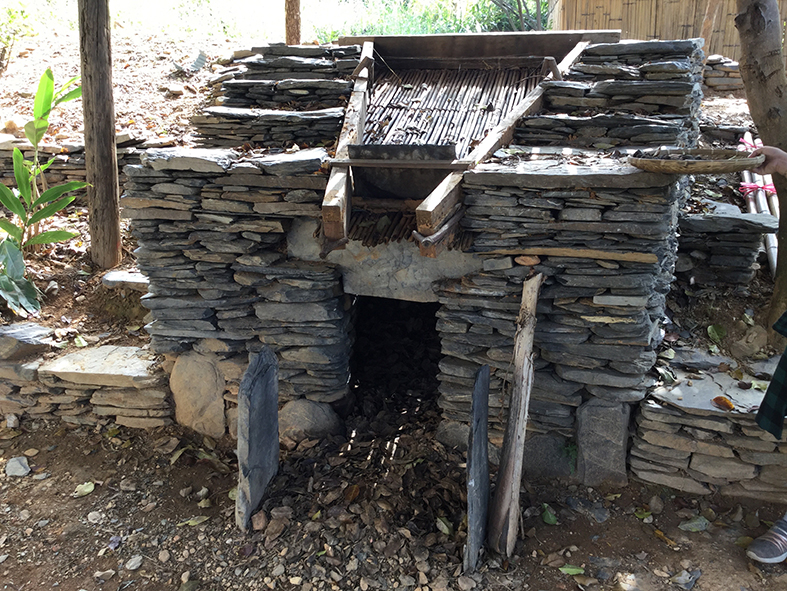
When it comes to agriculture and food gathering skills, children learn to grow food, especially native Taiwanese red quinoa and millet, which are traditional food staples. Kids also learn how to use a bow and arrow and set traps to catch prey, discovering what it means to be a hunter who respectfully takes what he or she needs from nature and always gives something back. Traditionally, animals were the main source of protein for Paiwan and Rukai people, so hunting skills are still seen as essential for all men in the village; women, on the other hand, are not allowed to touch hunting tools – legend says that will jeopardize the catch. Instead, women focus on farming, sewing, cooking and weaving.
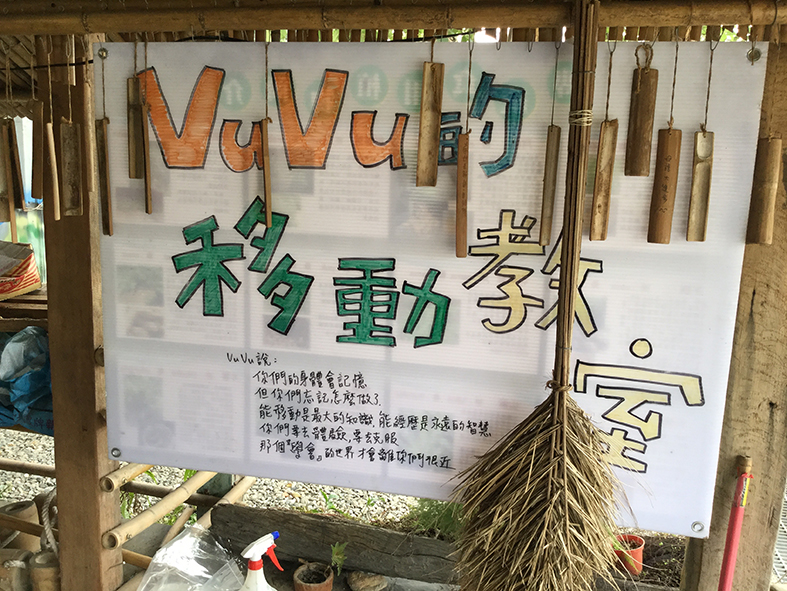
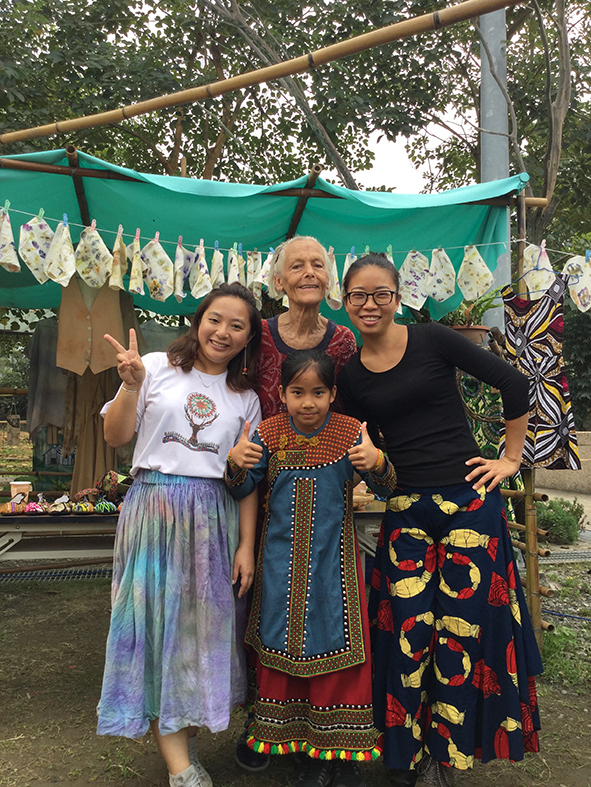
During my short visit to the school, I could clearly see that the children are not shy to ask questions and take time to explore what they are interested in, because they are encouraged to do so. They are expressive and confident, and at the same time, respect others, have good manners and love being in nature. I could also see the revival of Paiwan and Rukai indigenous culture. I asked Savi if there are junior high schools that continue the indigenous education for these children.
“No, so far there is none,” she said. “However, these kids learn about their culture at the most important age of their life. This is the time when they shape their characters, values, social skills, identities, culture and connection to land and nature. This traditional wisdom will follow them all their lives, no matter if they choose to stay in the village to continue sustaining and reviving the culture or go out to the city. They are confident of who they are and they will never forget they are the sons and daughters of the earth.”
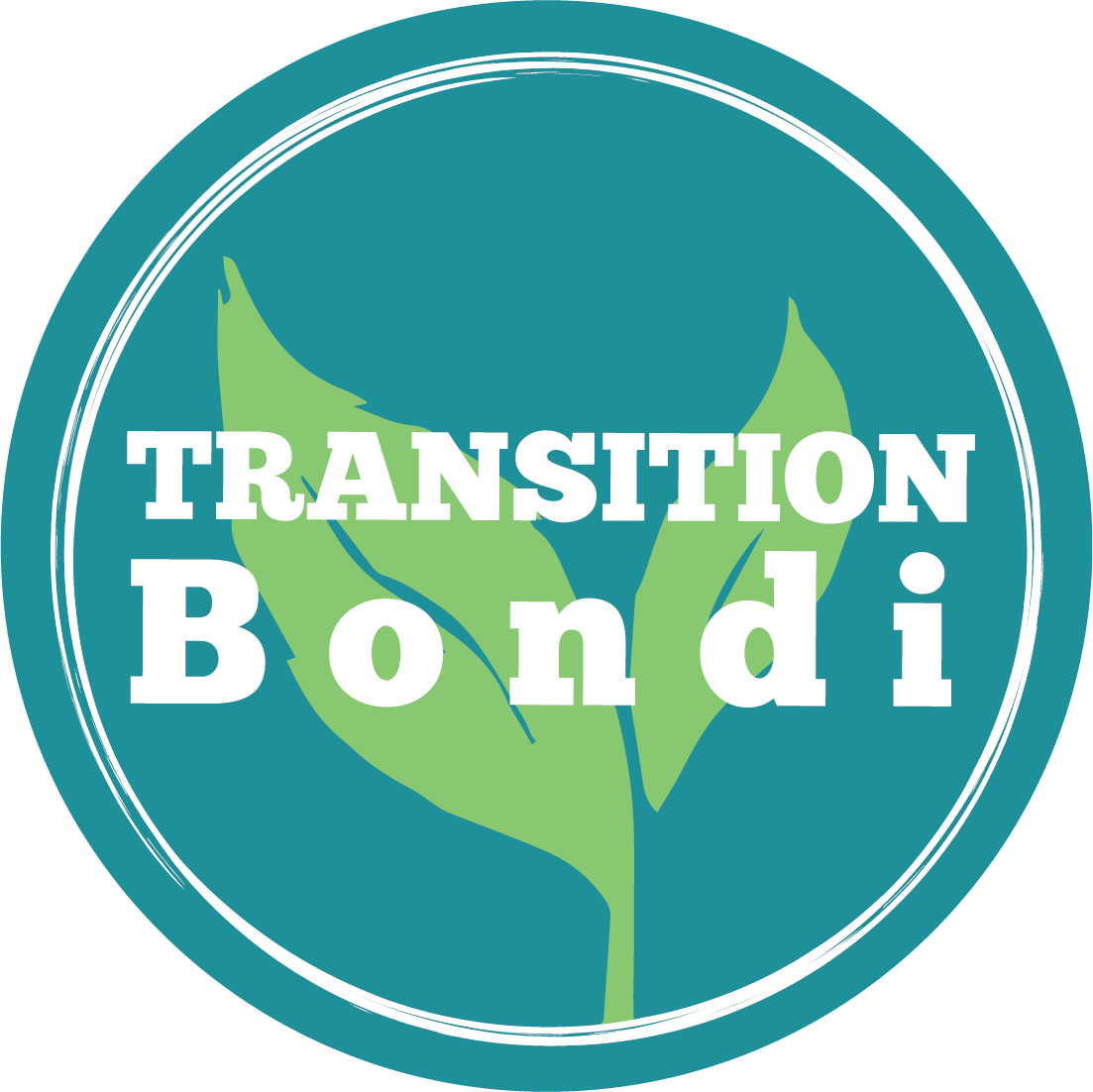
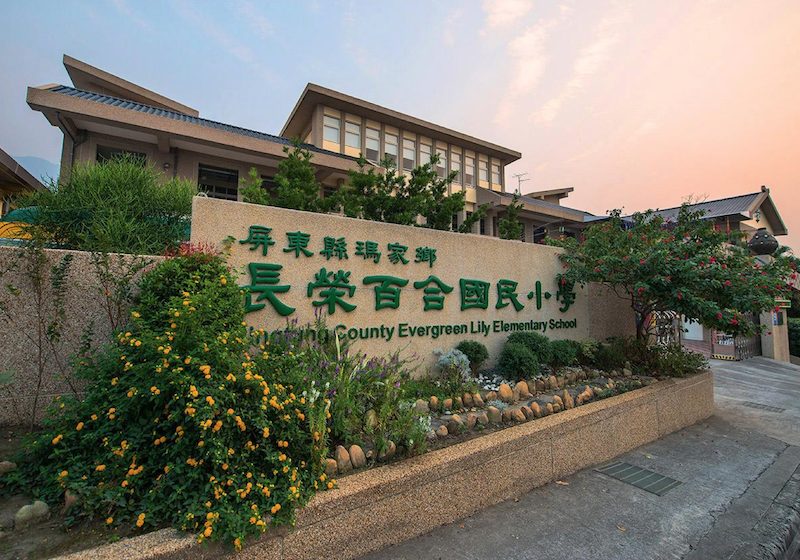
Thankyou Gloria for ‘taking me with you’ to an intriguing and uplifting setting. Where values and practices that belong to earth-caring people are being threaded into the children’s lives – at school as well as home. The pictures also open the mind and connect us to this important cluster of human activity. I really enjoyed reading your account!